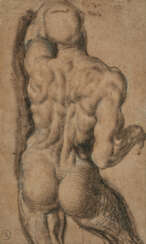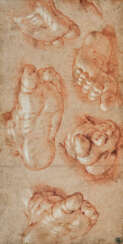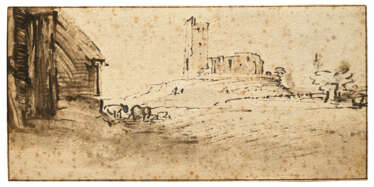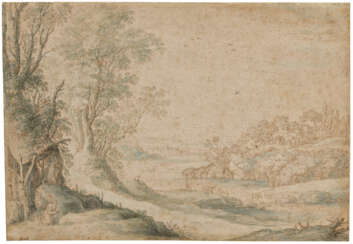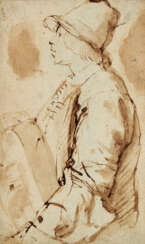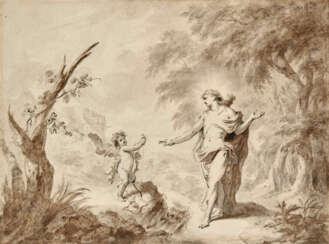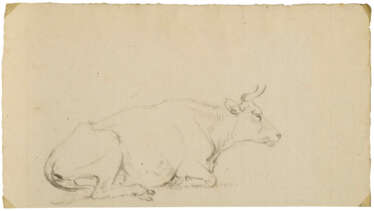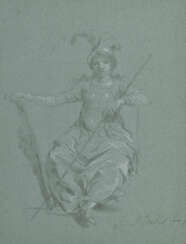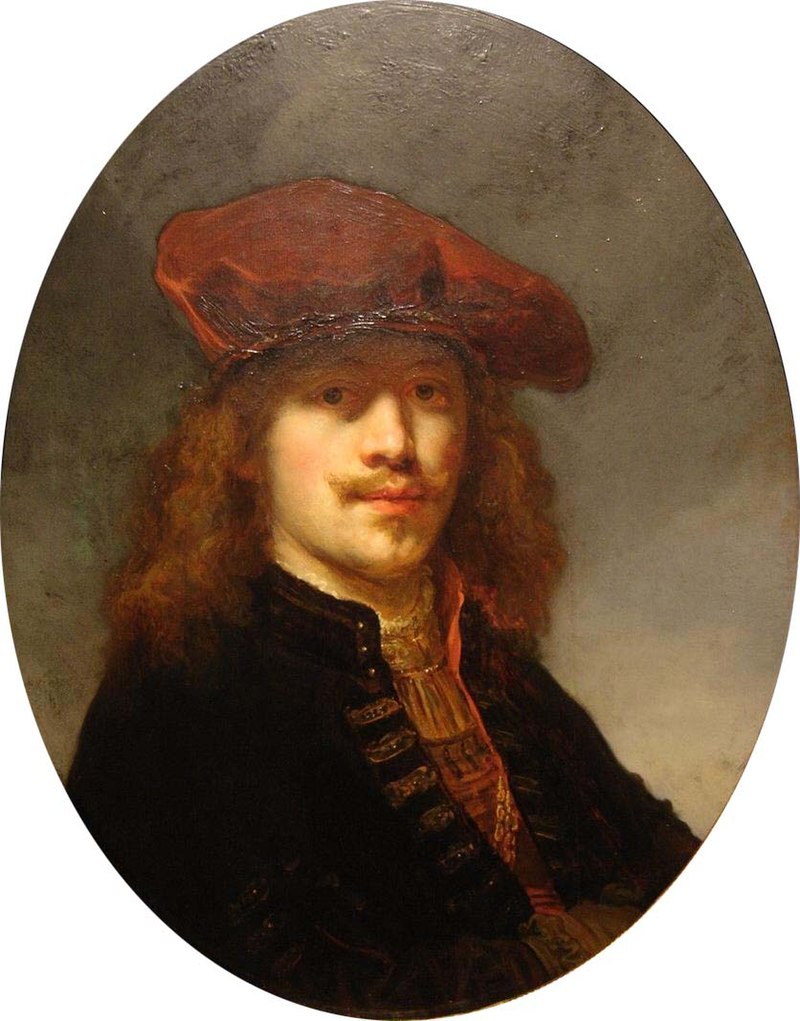
Maîtres Anciens - Dessins, Peintures, Sculptures
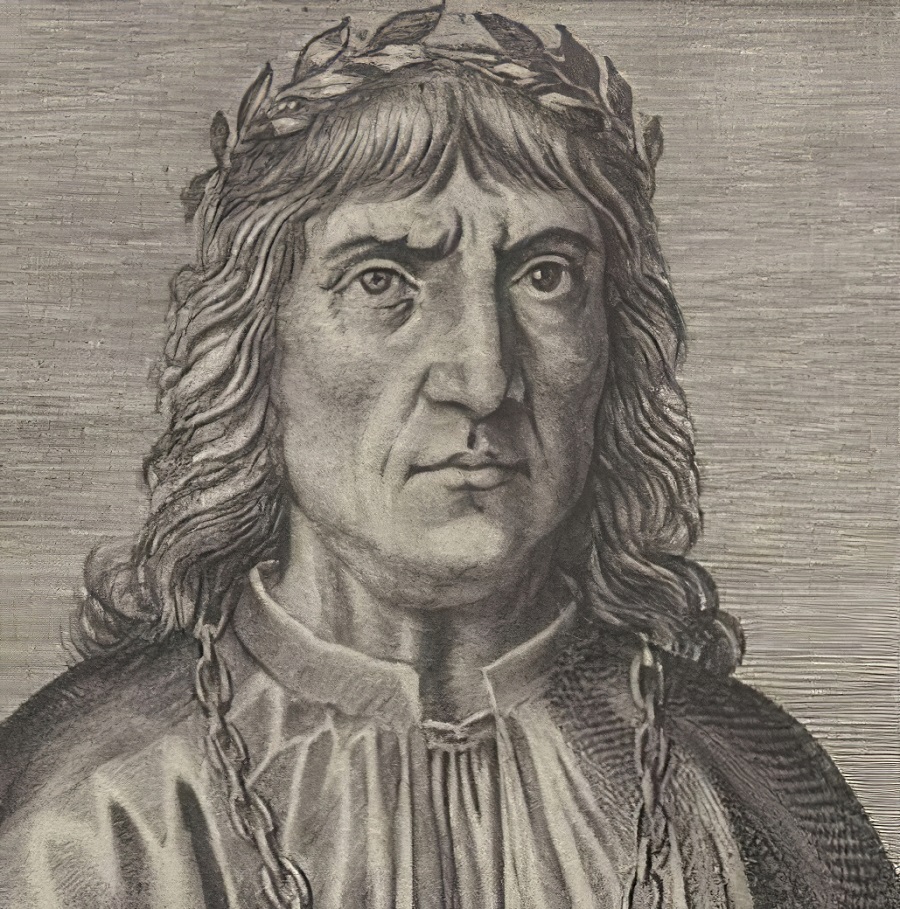
Andrea Mantegna was an Italian painter and engraver, celebrated as the first fully Renaissance artist of northern Italy. Born in 1431 near Vicenza, Mantegna emerged from Francesco Squarcione's Paduan school, distinguishing himself early on with his mastery in painting and his innovative use of perspective. His departure from Squarcione's workshop at a young age to establish his own marked the beginning of a prolific career that would influence the course of Renaissance art.
Mantegna's work is renowned for its dramatic use of perspective and detail, which he applied with meticulous care to both religious subjects and classical themes. His groundbreaking fresco cycle in the Ovetari Chapel, though largely destroyed during WWII, showcased his early mastery of perspective, a technique that would become a hallmark of his style. This early work helped establish his reputation, leading to significant commissions such as the Camera degli Sposi in Mantua's Ducal Palace, completed in 1474, which delighted visitors with its illusionistic space and detailed portraits of the Gonzaga family.
One of his most famous works, the Triumph of Caesar, consists of a series of nine canvases that depict Julius Caesar's victorious return to Rome. These panels, celebrated for their detailed portrayal of the Roman triumph, are now housed in Hampton Court Palace in London. Mantegna's meticulous attention to classical detail and his ability to convey narrative through art have made these works stand out in the history of Renaissance painting.
His exploration of perspective reached a zenith in works such as the Lamentation of Christ, where the use of foreshortening to depict Christ's body laid out for the viewer demonstrated Mantegna's skill in manipulating visual perception for dramatic effect. This piece, along with other later works like the Madonna of Victory and the paintings for Isabella d'Este's private chambers, showcase Mantegna's continuous evolution as an artist and his influence on subsequent generations.
Mantegna's legacy extends beyond his paintings; his engravings were highly valued for their detail and technical execution, influencing artists such as Albrecht Dürer. His draughtsmanship and innovative compositions in both painting and engraving marked a significant contribution to the Italian Renaissance, blending classical themes with the emerging humanist philosophy of the time.
For collectors and experts in art and antiques, Mantegna's works offer a fascinating insight into the transition from medieval to Renaissance art, characterized by an increased emphasis on humanism, perspective, and a revival of classical antiquity. His paintings and engravings not only depict the cultural and intellectual zeitgeist of his era but also demonstrate his technical prowess and creative vision.
To stay informed about new discoveries and upcoming auction events related to Andrea Mantegna's works, signing up for updates is highly recommended. This subscription ensures that enthusiasts are always in the loop regarding sales and exhibitions featuring the magnificent works of this Renaissance master.
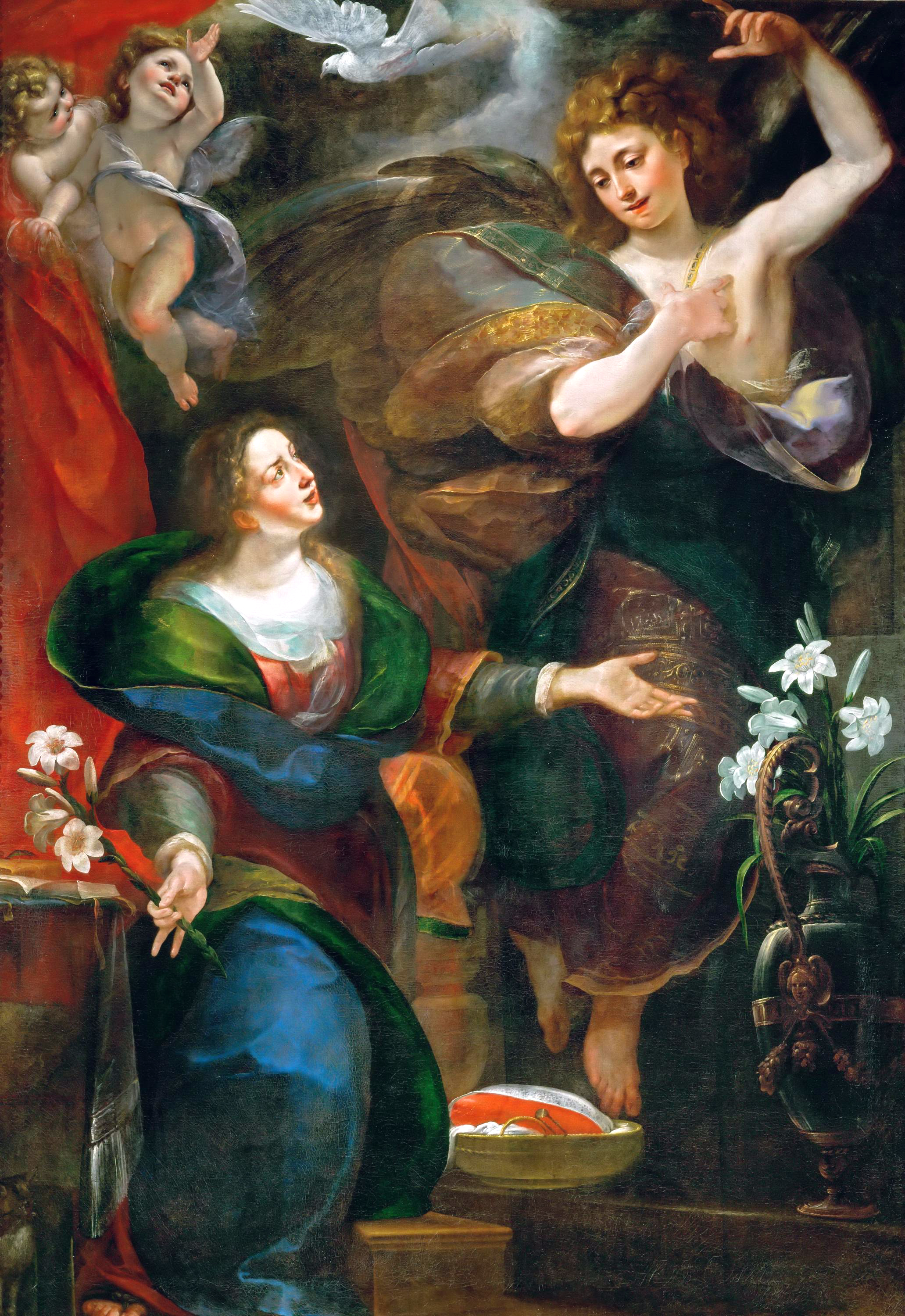
Camillo Procaccini was an Italian painter. He has been posthumously referred to as the Vasari of Lombardy, for his prolific Mannerist fresco decoration. He was the son of the painter Ercole Procaccini the Elder, and older brother to Giulio Cesare and Carlo Antonio, both painters.
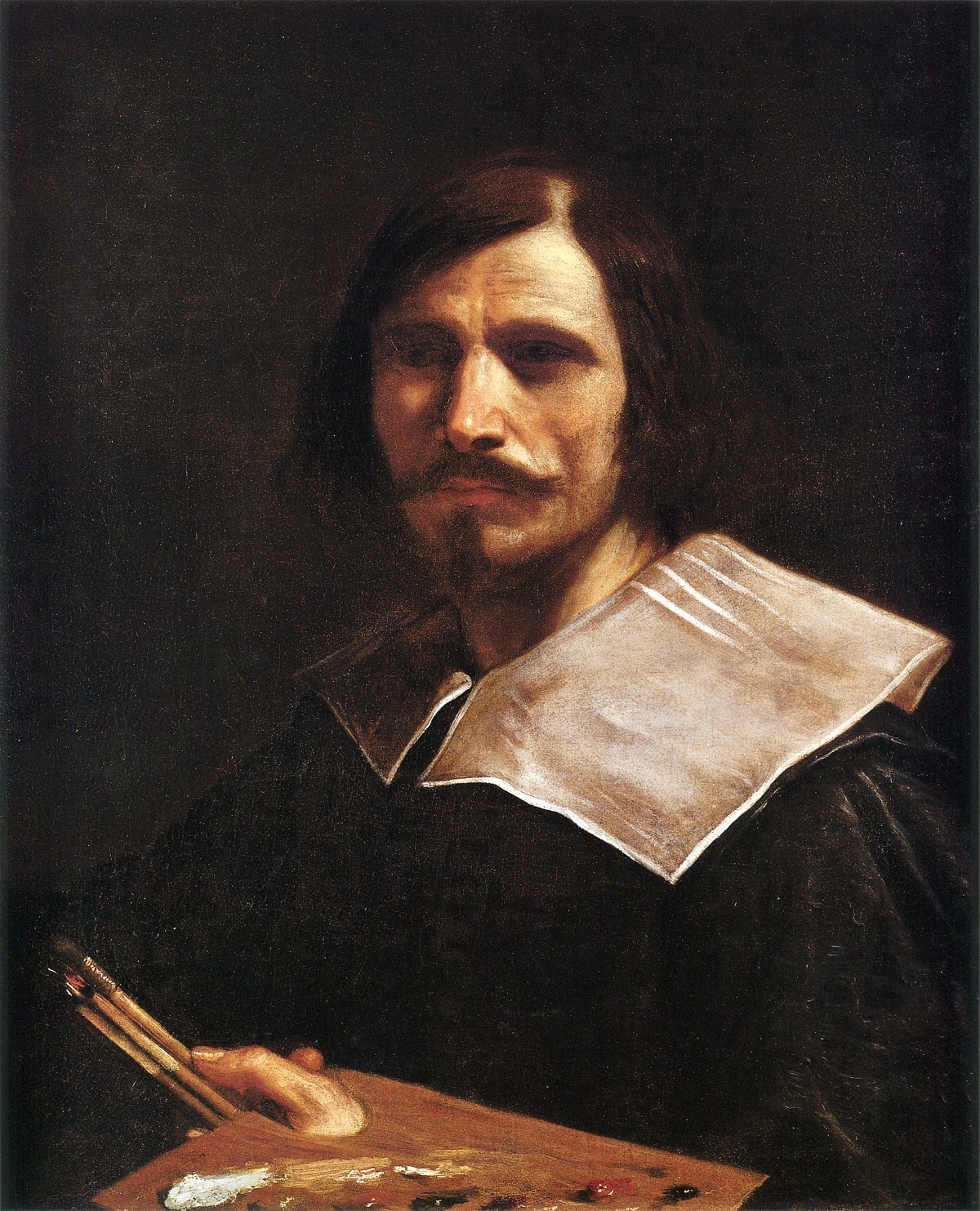
Giovanni Francesco Barbieri, better known as Guercino, was an Italian Baroque painter and draftsman from Cento in the Emilia region, who was active in Rome and Bologna. The vigorous naturalism of his early manner contrasts with the classical equilibrium of his later works. His many drawings are noted for their luminosity and lively style.
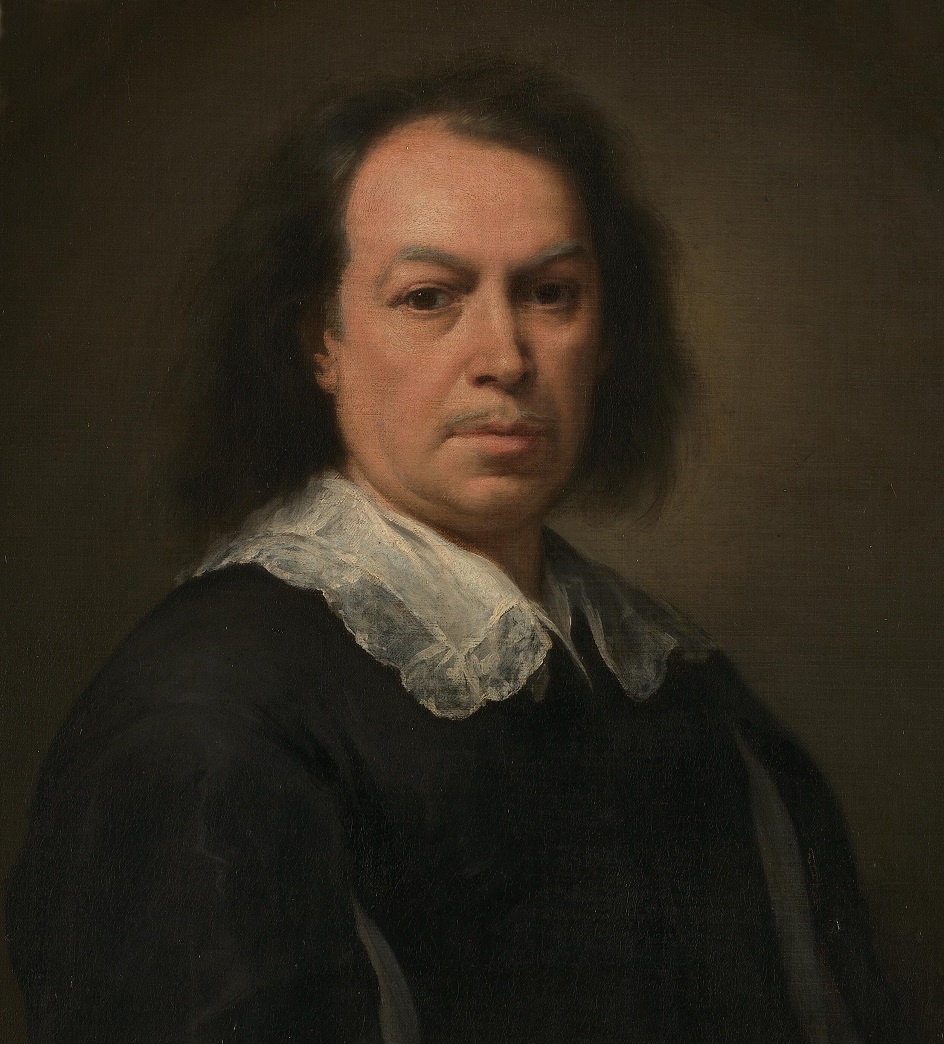
Bartolomé Esteban Murillo was a Spanish painter, renowned for his contributions to the world of art and culture. Born in Seville, Spain, in the 17th century, Murillo specialized in religious and genre painting, leaving a lasting impact on the art world.
Murillo is known for his remarkable ability to infuse his paintings with deep emotion and realism. His works often depicted scenes from everyday life, as well as religious subjects. One of his notable specialties was his exceptional skill in capturing the innocence of children in his artwork. His use of soft colors and delicate brushwork gave his paintings a unique and timeless quality.
One of Murillo's most famous works is the series of paintings known as the "Immaculate Conception." These paintings, which depict the Virgin Mary as a young girl, have been praised for their beauty and devotion. Many of his works are housed in museums and galleries around the world, attracting art enthusiasts and collectors.
For collectors and art experts, Murillo's works hold a special place in the art world, with their ability to evoke powerful emotions and capture the essence of the human experience. To stay updated on the latest news and events related to Bartolomé Esteban Murillo's paintings and exhibitions, consider subscribing to our newsletter. We'll keep you informed about new product sales and auction events featuring this exceptional artist's works. Join us in celebrating the legacy of Bartolomé Esteban Murillo and his invaluable contributions to the world of art.

Bartolomé Esteban Murillo was a Spanish painter, renowned for his contributions to the world of art and culture. Born in Seville, Spain, in the 17th century, Murillo specialized in religious and genre painting, leaving a lasting impact on the art world.
Murillo is known for his remarkable ability to infuse his paintings with deep emotion and realism. His works often depicted scenes from everyday life, as well as religious subjects. One of his notable specialties was his exceptional skill in capturing the innocence of children in his artwork. His use of soft colors and delicate brushwork gave his paintings a unique and timeless quality.
One of Murillo's most famous works is the series of paintings known as the "Immaculate Conception." These paintings, which depict the Virgin Mary as a young girl, have been praised for their beauty and devotion. Many of his works are housed in museums and galleries around the world, attracting art enthusiasts and collectors.
For collectors and art experts, Murillo's works hold a special place in the art world, with their ability to evoke powerful emotions and capture the essence of the human experience. To stay updated on the latest news and events related to Bartolomé Esteban Murillo's paintings and exhibitions, consider subscribing to our newsletter. We'll keep you informed about new product sales and auction events featuring this exceptional artist's works. Join us in celebrating the legacy of Bartolomé Esteban Murillo and his invaluable contributions to the world of art.
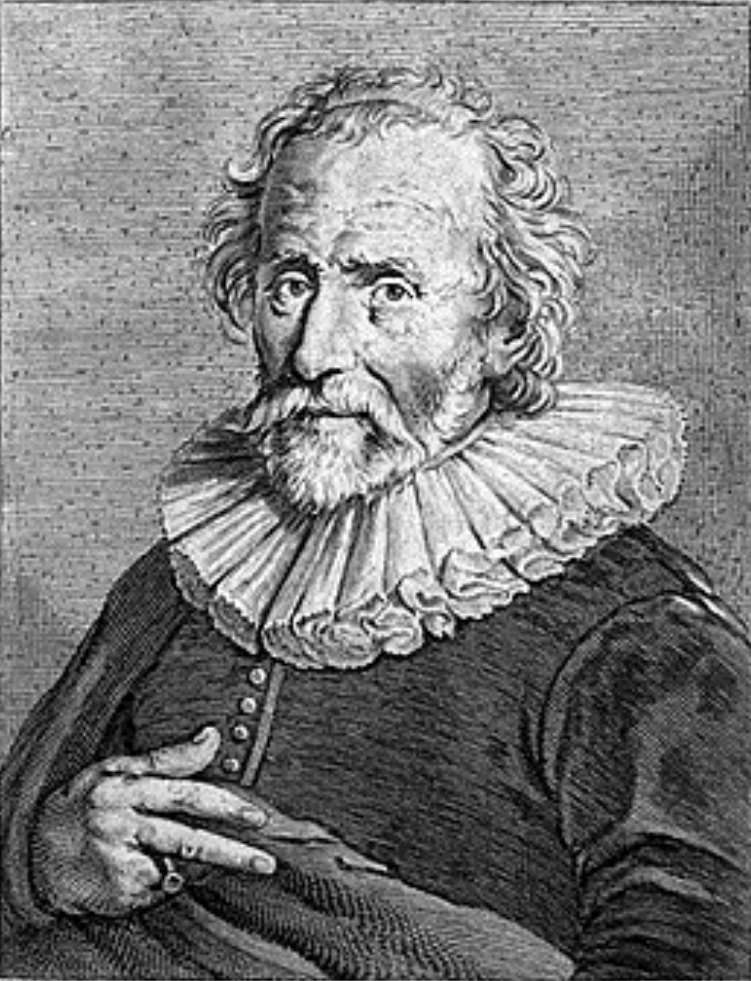
Abraham Bloemaert was a Dutch painter, draughtsman, and printmaker from the Golden Age of Dutch painting, one of the founders of the Guild of St. Luke in Utrecht. Bloemart was a caravagist. He painted mainly landscapes, mythological and biblical scenes, and pastoral works.

Rembrandt Harmenszoon van Rijn, a Dutch Baroque painter and printmaker, was born on July 15, 1606, in Leiden, Netherlands, and died on October 4, 1669, in Amsterdam. He is celebrated as one of the greatest storytellers in art history, acclaimed for his adept portrayal of human emotions and dramatic narratives. Rembrandt's extensive oeuvre includes portraits, self-portraits, landscapes, genre scenes, allegorical, historical, and biblical themes, as well as animal studies. His artistry shined during the Dutch Golden Age, a period marked by cultural and scientific achievements in the Netherlands.
Rembrandt's education in art began around the age of 10 when he left the Latin School in Leiden to train as an artist. He apprenticed with artists like Jacob van Swanenburg and Pieter Lastman, mastering various aspects of painting. He opened his own studio in Leiden around 1624 or 1625, sharing it with his colleague Jan Lievens. By 1631, he had moved to Amsterdam, where he achieved significant success and trained many important Dutch painters.
Among Rembrandt's notable works are "The Anatomy Lesson of Dr. Nicolaes Tulp" (1632), "The Night Watch" (1642), and "The Syndics of the Amsterdam Drapers’ Guild" (1662). He was also renowned for his self-portraits, creating around 80 over his lifetime, more than any other artist until the 20th century. These self-portraits were not just artistic endeavors but also experiments with facial expressions and lighting effects. Additionally, Rembrandt was a master etcher, transforming etching from a reproductive technique into an art form.
Rembrandt's painting style is characterized by its dramatic use of light and shadow, known as chiaroscuro. His ability to depict materials realistically was unparalleled; his portrayal of metals and fabrics was so lifelike that they appeared to glow and be tangible. He was also known for his impasto technique, applying paint thickly to the canvas, adding a three-dimensional quality to his works.
Despite his artistic prowess, Rembrandt faced financial difficulties and personal tragedies throughout his life. He declared bankruptcy in 1656, a downfall attributed partly to his extensive collection of art objects and curiosities. His masterpieces, however, continued to garner appreciation and influence generations of artists that followed.
For collectors and experts in art and antiques, Rembrandt's works represent a pinnacle of artistic achievement in the Dutch Golden Age. His mastery in portraying the human condition and his innovative techniques in painting and etching make his works highly prized and influential in the art world.
To stay updated on new product sales and auction events related to Rembrandt van Rijn, sign up for our updates. This subscription service is dedicated exclusively to news and events concerning works related to this unparalleled master of the Dutch Golden Age.
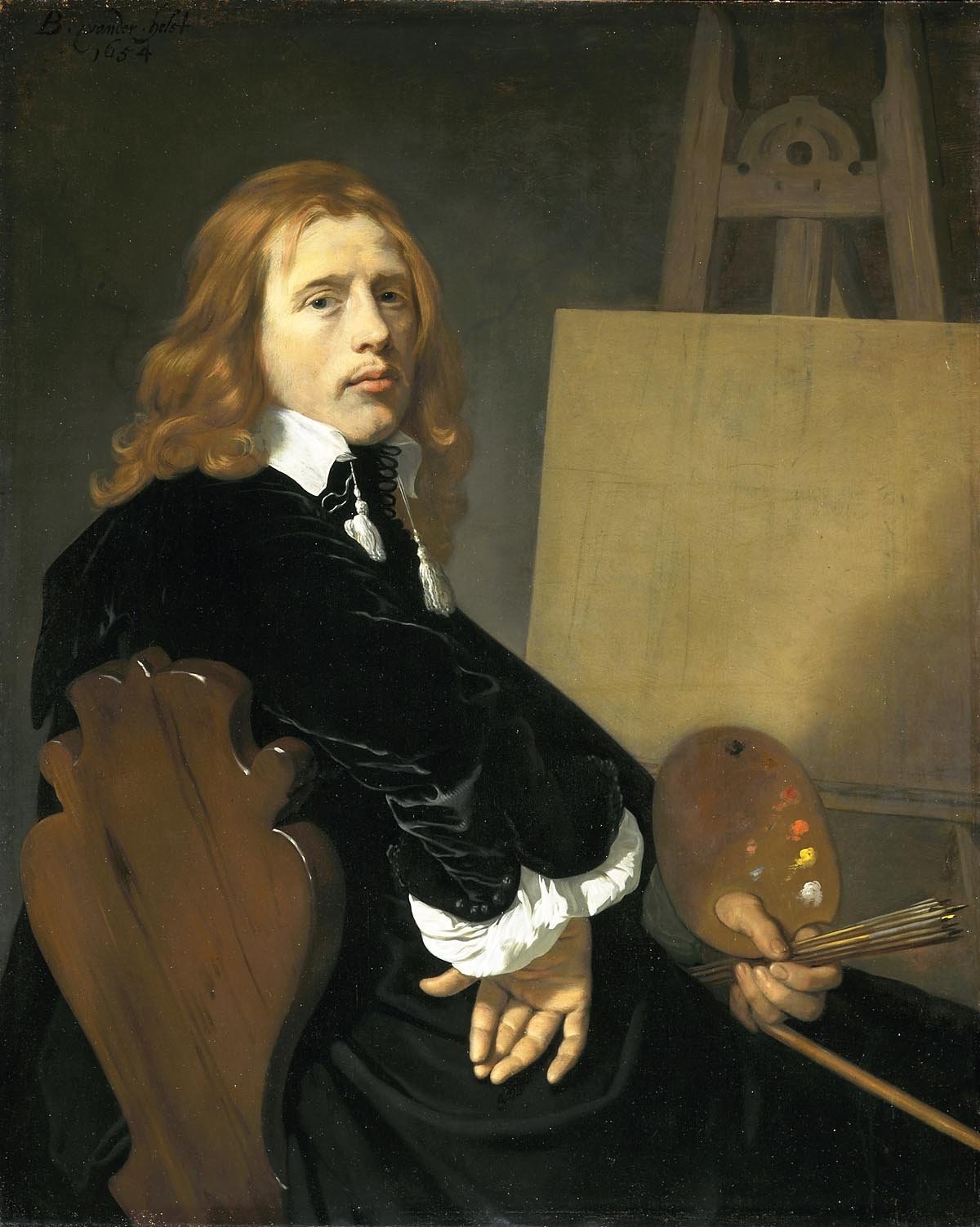
Paulus Potter was a Dutch painter who specialized in animals within landscapes, usually with a low vantage point.
Before Potter died of tuberculosis at the age of 28 he succeeded in producing about 100 paintings, working continuously.


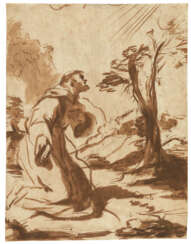

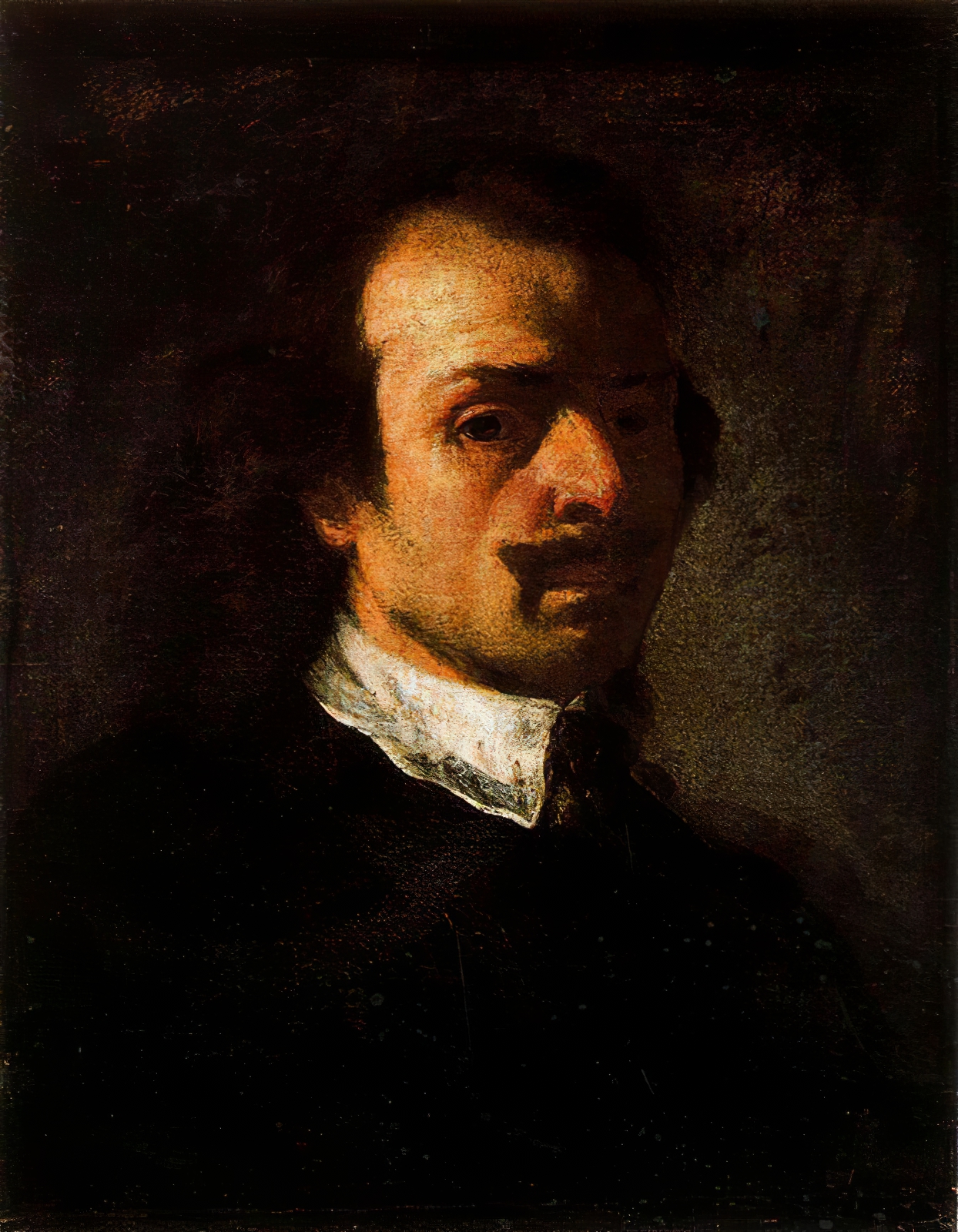
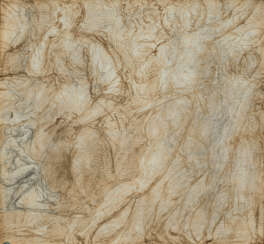

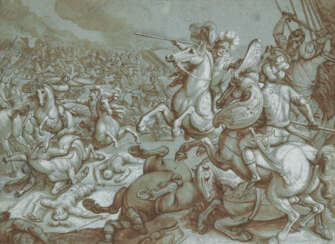

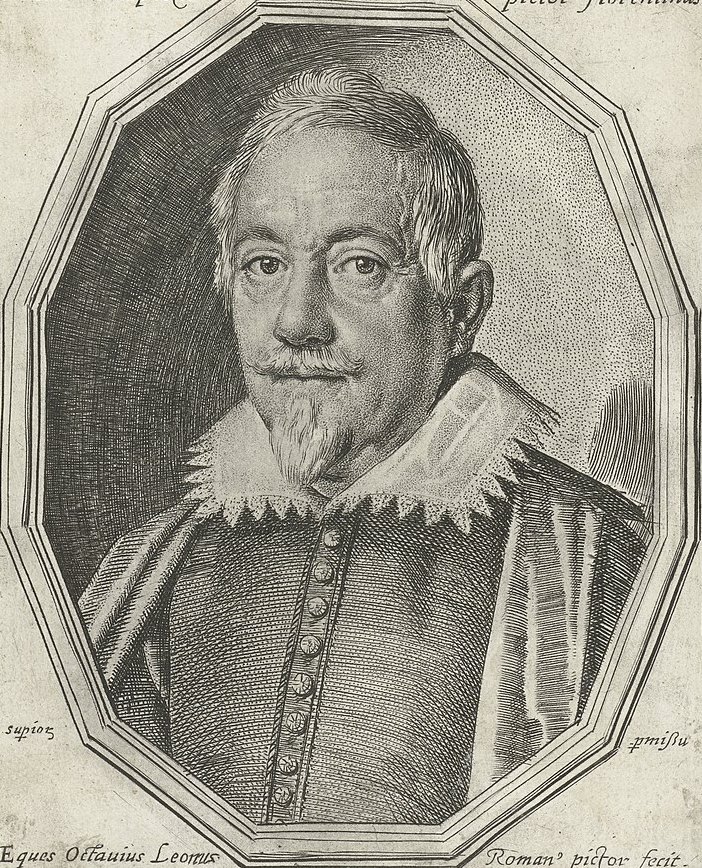




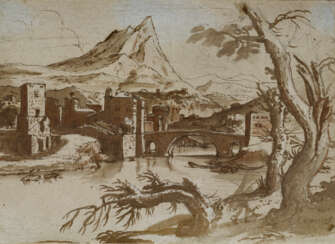

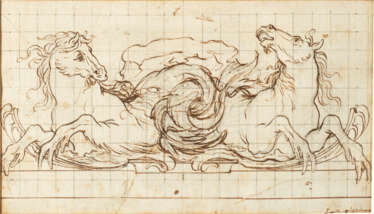

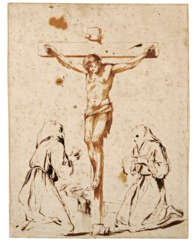



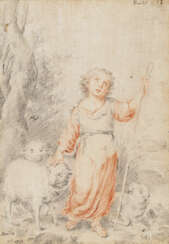

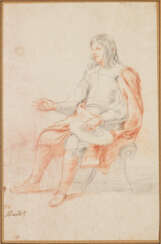

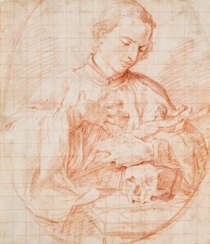

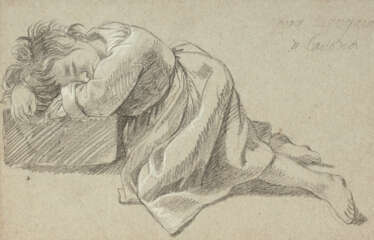

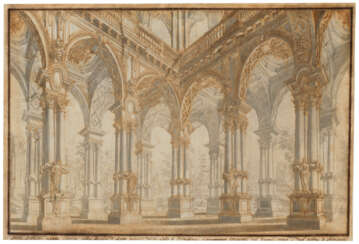

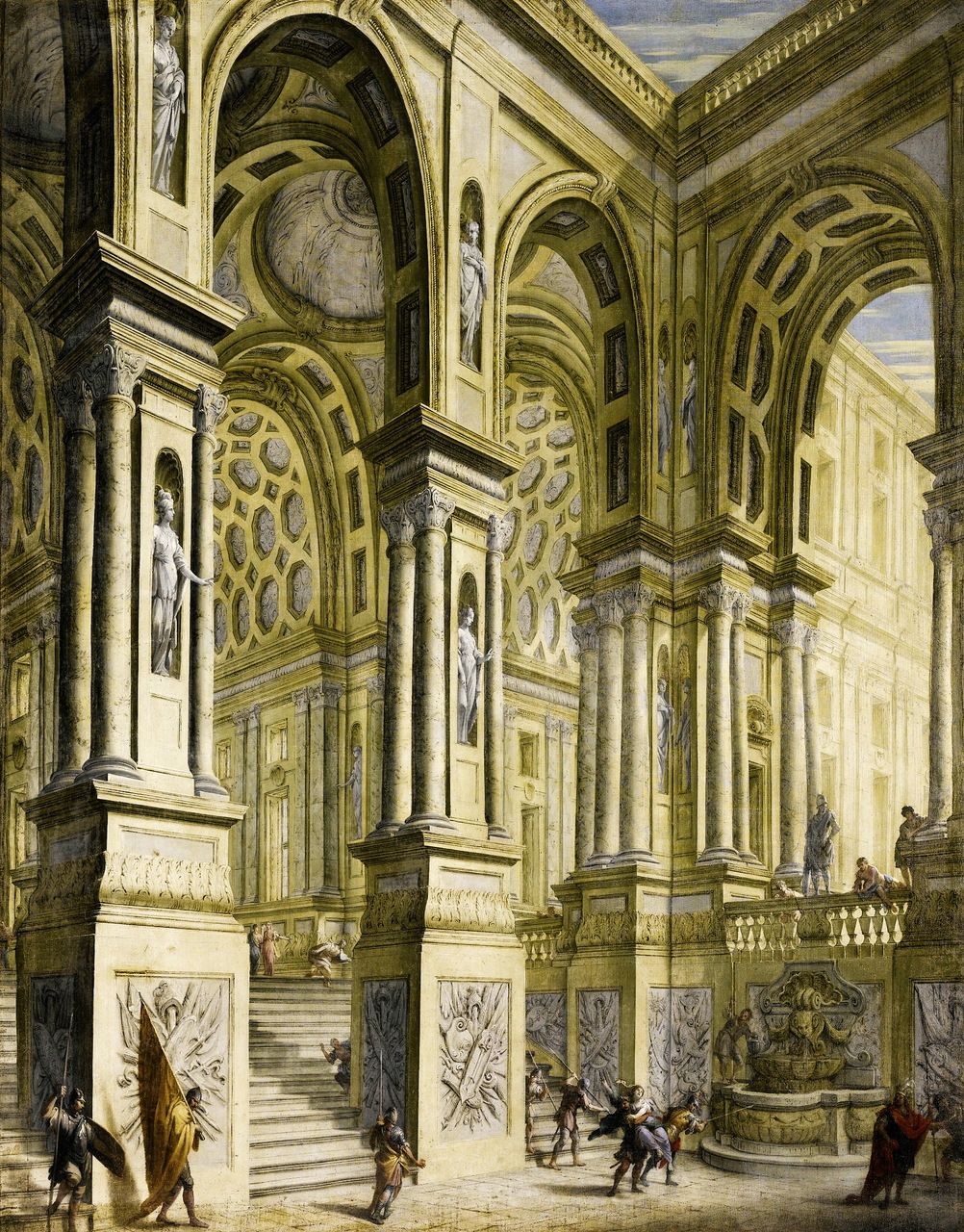
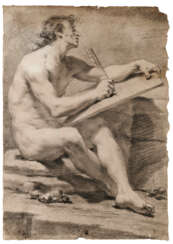

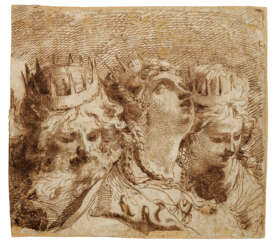

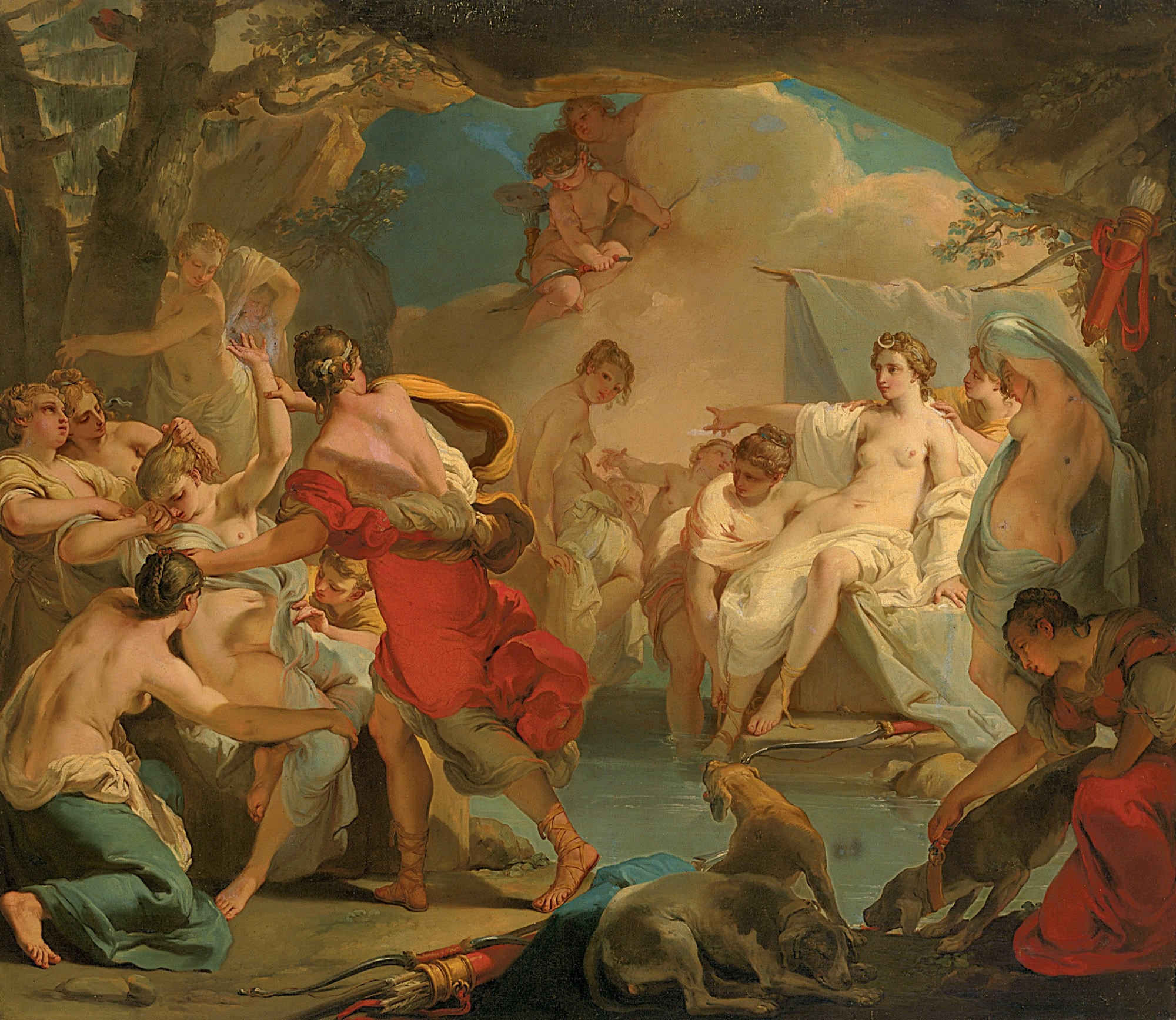




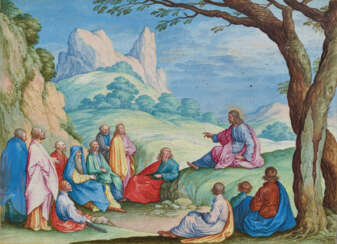

![DAVID JORIS (BRUGES [?] CIRCA 1501-1556 BÂLE)](/assets/image/picture_2158607/3cf04/7fdc5862f9b974b2d1cebb4828d043ed1652824800jpg__fix_374_244.jpeg)
![DAVID JORIS (BRUGES [?] CIRCA 1501-1556 BÂLE)](https://veryimportantlot.com/assets/image/picture_2158607/3cf04/7fdc5862f9b974b2d1cebb4828d043ed1652824800jpg__fix_374_244.jpeg)
